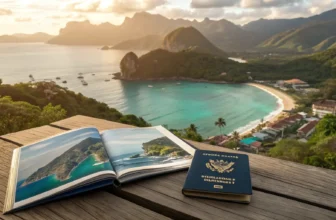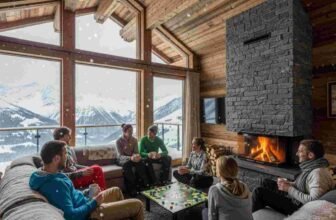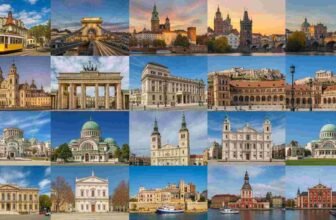
Tired. That’s how travel to overhyped destinations can feel these days—tired, crowded, overpriced, and utterly drained of wonder. You chase peace and find parking lots.
You seek nature and meet drones. But what if you could still feel that jaw-drop moment, that wide-eyed hush when the world stops spinning for a second—and no one’s elbowing you for the shot? There are places where the landscapes hit just as hard, the skies stretch just as wide, and the silence feels sacred.
If you’re craving the thrill of discovery without the noise, these Nordic escapes quietly deliver exactly what Iceland no longer can.
1. Faroe Islands – A Raw Nordic Gem Without the Crowds

The Faroe Islands are what Iceland was 20 years ago—unspoiled, wildly dramatic, and nearly tourist-free. Tucked between Iceland and Norway, this remote archipelago delivers moody skies, emerald cliffs, and waterfalls that literally tumble into the sea. It’s where sheep outnumber people, and the silence is so vast, it’s almost meditative. You won’t find queues or overhyped spots—just the authentic rugged North Atlantic beauty that travelers crave.
What really makes the Faroes special is their deep sense of isolation, paired with unexpected touches of modern Nordic living. One minute you’re standing on a seaside cliff watching puffins fly overhead, and the next, you’re sipping locally roasted coffee in a minimalistic café in Tórshavn. It’s this contrast that creates a travel experience that feels intimate and wild at the same time.
If you’re into hiking, forget Iceland’s crowded Golden Circle and head to Saksun, Gásadalur, or the epic hike to the Kallur Lighthouse on Kalsoy. No drones buzzing overhead. No lines for that “Instagrammable shot.” Just you, the sea, and cliffs that will drop your jaw.
Quick Facts:
- Best Months to Visit: May to September (for lush green scenery and long daylight hours)
- Getting There: Flights from Copenhagen or Edinburgh via Atlantic Airways
- Currency: Danish Krone (DKK)
- Must-Do Experiences:
- Kalsoy Lighthouse hike
- Múlafossur waterfall in Gásadalur
- Boat trip to see the sea stacks of Drangarnir
2. Svalbard, Norway – The Arctic Frontier That’s Still a Secret
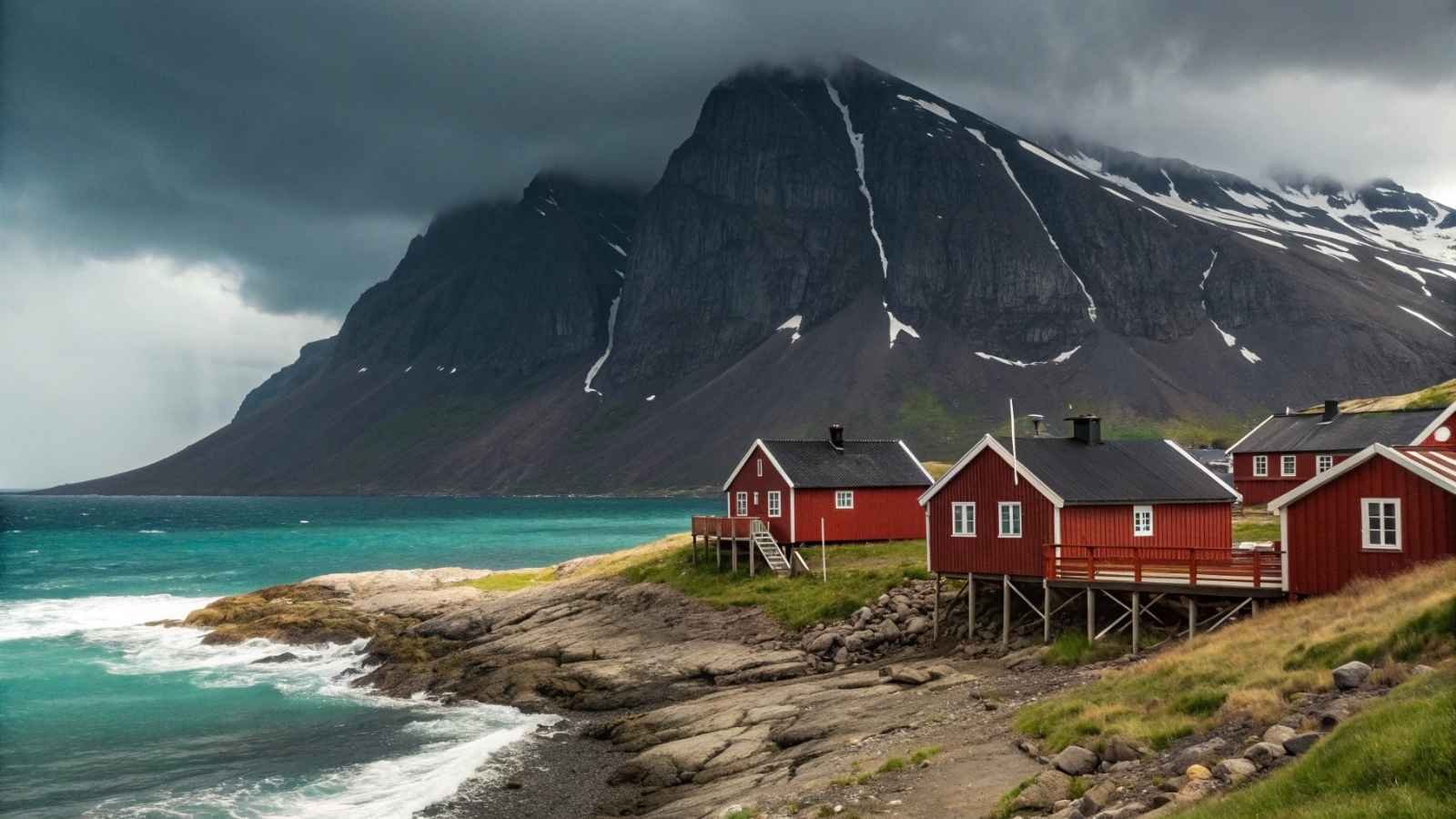
Svalbard feels like the end of the world, and that’s part of its magic. This Norwegian archipelago sits midway between the mainland and the North Pole. Think frozen fjords, blue glaciers, and polar bears wandering the tundra. While Iceland has long been the go-to Arctic escape, Svalbard is where the real Arctic begins.
Here, the town of Longyearbyen serves as your launchpad—a quirky settlement where snowmobiles outnumber cars and the Northern Lights dance above in winter. There’s no false charm or tourist gloss here; everything is raw, beautiful, and bluntly real. If you’ve ever wanted to experience true wilderness with a sense of safety, this is your place.
Take a snowmobile expedition across glacial valleys, explore ice caves, or go summer kayaking in the midnight sun. Best of all? The experience still feels exclusive. Iceland might give you a glacier tour. Svalbard lets you sleep beside one.
Quick Facts:
- Best Months to Visit:
- Summer (May–August): Midnight sun, glacier tours
- Winter (Feb–April): Northern Lights, snowmobiling, dog sledding
- Getting There: Flights from Oslo or Tromsø
- Currency: Norwegian Krone (NOK)
- Must-Do Experiences:
- Snowmobile to Barentsburg
- Northern Lights from Camp Barentz
- Hike around the glacier at Foxfonna
3. Senja & Vesterålen, Norway – Norway’s Quiet Answer to Iceland’s Crowds
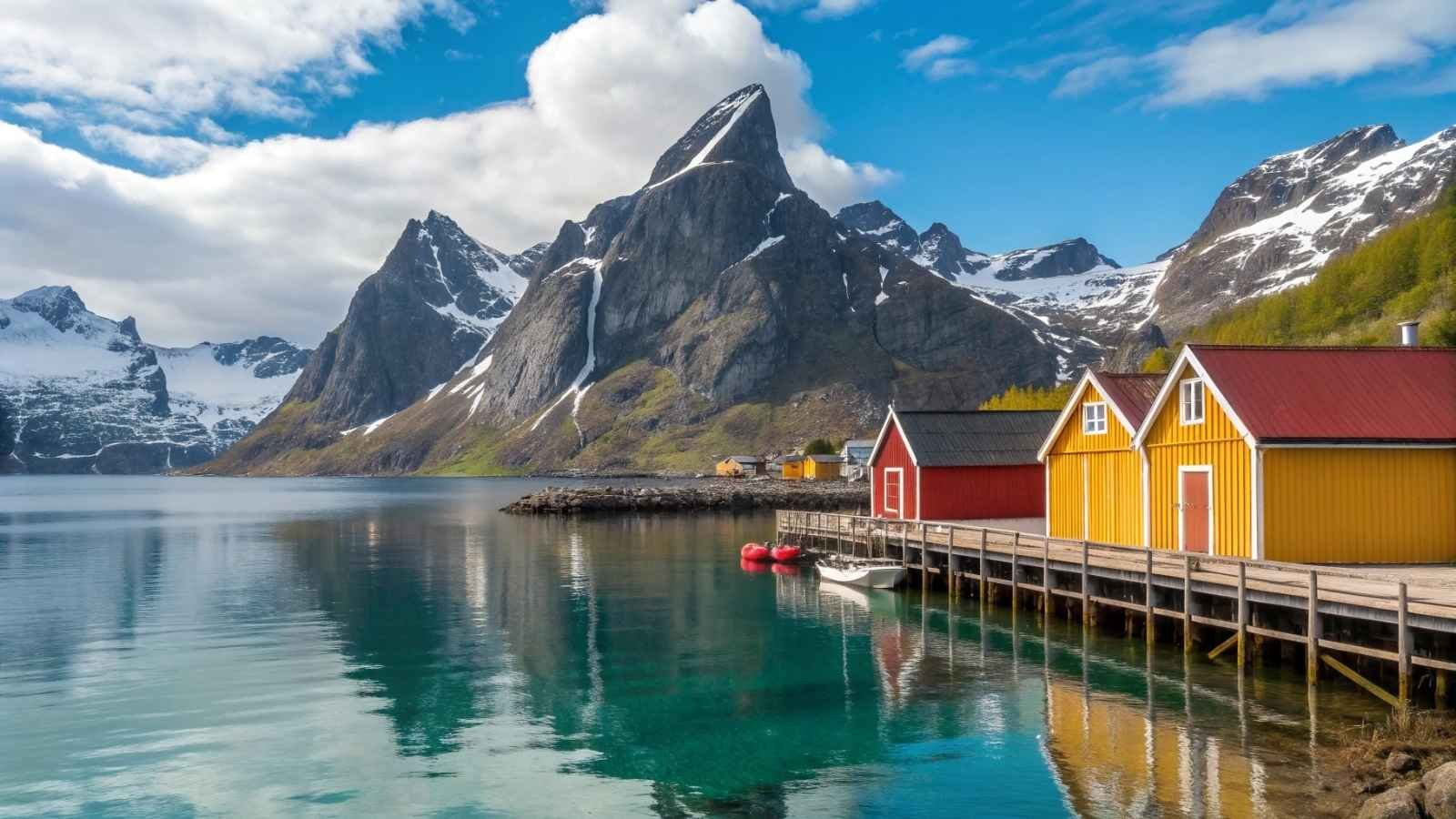
If the Lofoten Islands are too Insta-famous for your taste, Senja and Vesterålen are their quieter, equally stunning cousins. Located just north of Lofoten, these islands offer jaw-dropping fjords, Arctic beaches, and twisting mountain roads—without the caravan of tourist vans behind you.
Driving here feels like stepping into a movie scene. Sharp mountain spires rise straight from the sea, with the road curling along turquoise fjords. You’ll pass untouched fishing villages, locals drying cod on traditional racks, and quiet roadside cafés with warm cinnamon buns. It’s Norway at its most cinematic—and personal.
Wildlife lovers, take note: Vesterålen is one of the best places in Europe to see whales year-round, and Senja’s trails offer hushed hikes through rugged peaks. The lack of crowds makes it easier to slow down, connect with nature, and reclaim the peace Iceland lost years ago.
Quick Facts:
- Best Months to Visit: June to September (for best driving weather and whale watching)
- Getting There: Fly into Tromsø and drive south (rental car is a must)
- Currency: Norwegian Krone (NOK)
- Must-Do Experiences:
- Whale safari in Andenes (Vesterålen)
- Hike Segla peak on Senja
- Midnight sun beach walk at Ersfjordstranda
4. Alta, Norway – The Hidden Arctic City with Real Northern Lights
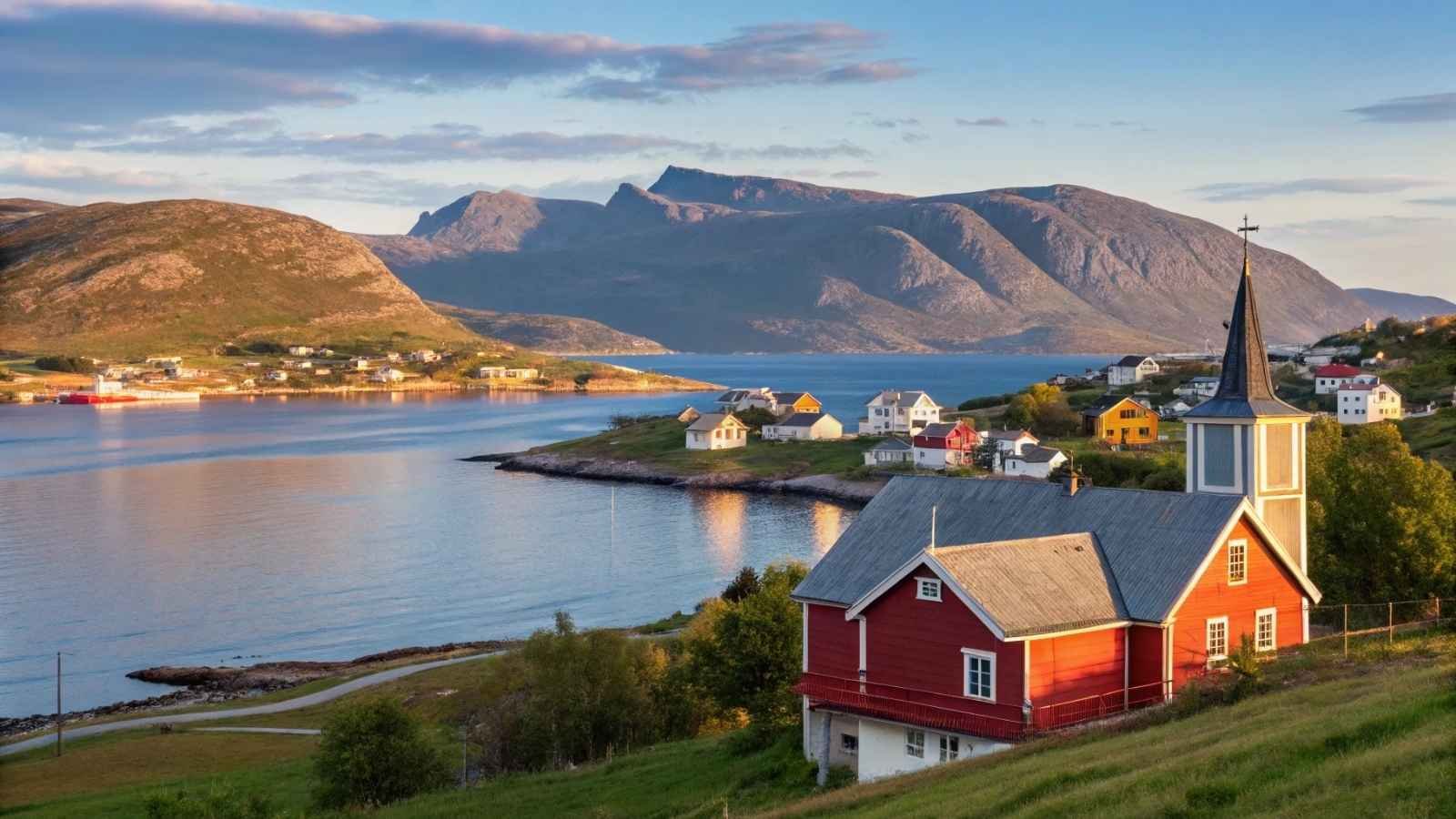
Alta doesn’t shout for attention—and that’s what makes it perfect. Tucked into Norway’s far north, it’s a compact city surrounded by Arctic wilderness. Known as the “City of the Northern Lights,” Alta offers something most Icelandic tours can’t: a real chance to see the aurora without fighting for window space in a crowded tour van.
The landscape here is all about contrast: birch forests dusted with snow, icy rivers, and reindeer crossing the road like it’s normal (because it is). Despite its remote feel, Alta is surprisingly accessible—you can fly in, grab a rental car, and be at a husky lodge or Sami camp within an hour.
Unlike many Arctic destinations that rely heavily on tourism, Alta feels lived in. People here aren’t putting on a show—they’re just living their lives above the Arctic Circle. You get a slice of that life, and it’s grounding in the best way.
Quick Facts:
- Best Months to Visit:
- Winter (Nov–March): Northern Lights, husky sledding
- Summer (June–August): Hiking, fishing, and midnight sun
- Getting There: Direct flights from Oslo
- Currency: Norwegian Krone (NOK)
- Must-Do Experiences:
- Sleep in the Sorrisniva Ice Hotel
- Visit the UNESCO-listed Alta Rock Carvings
- Reindeer sledding with a local Sami guide
5. Lofoten Islands, Norway – Too Beautiful to Be Real (Yet Still Surprisingly Underrated)
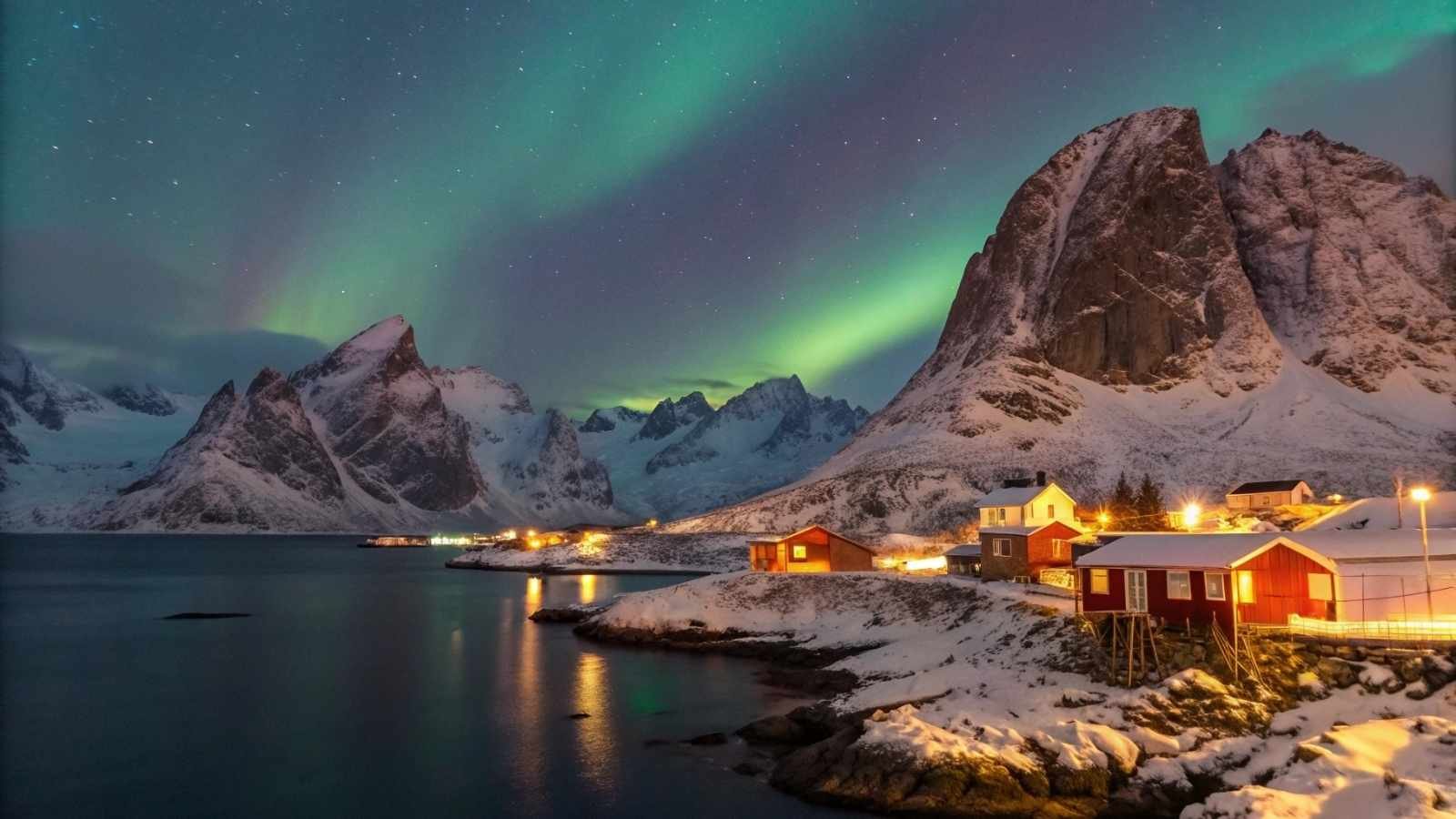
Yes, Lofoten is getting more attention lately—but it’s still nowhere near Iceland’s madness. If you’ve ever wanted to see the northern light glowing over red fishing cabins or paddle a kayak through glassy fjords at 1 a.m., Lofoten is your dream ticket.
This island chain is all about extremes: razor-sharp mountains, impossibly blue waters, and skies that feel like they’ve been brushed with magic. It’s the kind of place where nature is so vivid, you’ll keep checking your camera screen to make sure it’s not some kind of filter.
Tourism is growing, yes, but it’s still manageable—especially if you travel outside peak July. And because it’s part of mainland Norway, you can do it all by car. Winding mountain roads, golden beaches, and villages like Reine and Henningsvær that seem tailor-made for slow mornings and even slower evenings.
Quick Facts:
- Best Months to Visit: May to September (for hiking and kayaking); February to March (for Northern Lights)
- Getting There: Fly into Leknes or Svolvær, or drive from Narvik
- Currency: Norwegian Krone (NOK)
- Must-Do Experiences:
- Hike Reinebringen (get there early!)
- Kayak around Sakrisøy
- Explore the Viking Museum at Borg
6. Helgeland Coast, Norway – The Secret Coastal Road Trip That Rivals the Golden Circle
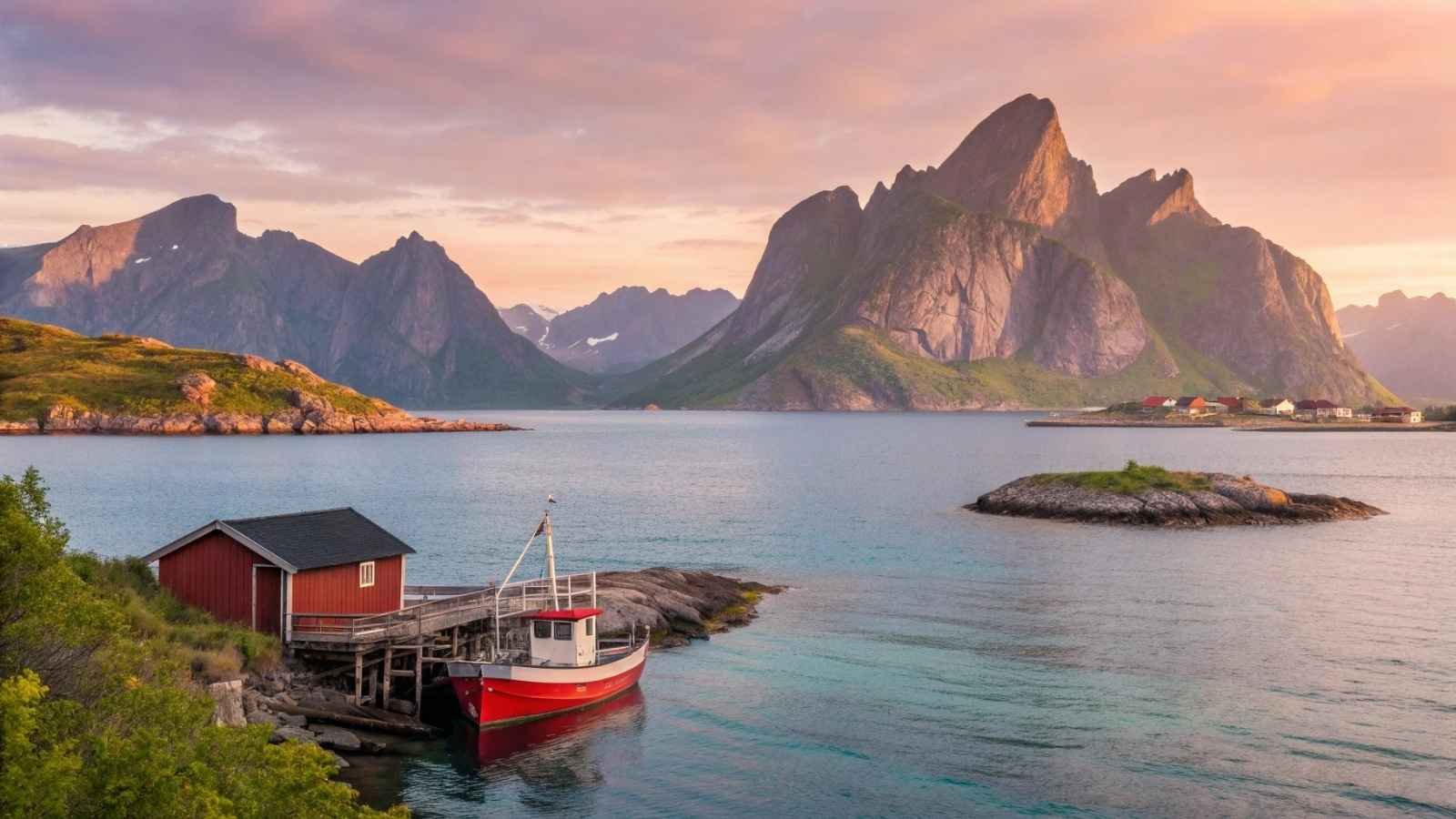
If you think Iceland’s Ring Road is impressive, wait until you drive the Kystriksveien along Norway’s Helgeland Coast. This lesser-known stretch of road unfolds like a quiet masterpiece—serrated peaks rising from fjords, fairytale fishing villages, and ferries that feel more like private cruises than public transport. And the best part? You’ll share it with locals and the occasional curious traveler, not a swarm of tour buses.
What makes this region sing is its subtlety. There’s no single world-famous landmark—but instead, a rich chain of natural wonders strung together. From the Seven Sisters mountain range to the dazzling Torghatten (a mountain with a natural hole through its center), every turn surprises you. Plus, the island-hopping ferries let you experience small coastal communities that are utterly charming and blissfully slow-paced.
There’s a meditative calm here that Iceland rarely offers anymore. You can pull over at a quiet beach, spot a sea eagle overhead, and have the place entirely to yourself. It’s the Scandinavian coastal dream, unrushed and unfiltered.
Quick Facts:
- Best Months to Visit: June to August (peak driving season and island ferry availability)
- Getting There: Fly into Bodø or Trondheim, then rent a car
- Currency: Norwegian Krone (NOK)
- Must-Do Experiences:
- Drive the entire Kystriksveien route (Rv17)
- Hike to the hole in Torghatten
- Take a ferry to the Vega Islands (UNESCO World Heritage Site)
7. Kilpisjärvi, Finland – Where Three Countries Meet and Silence Reigns
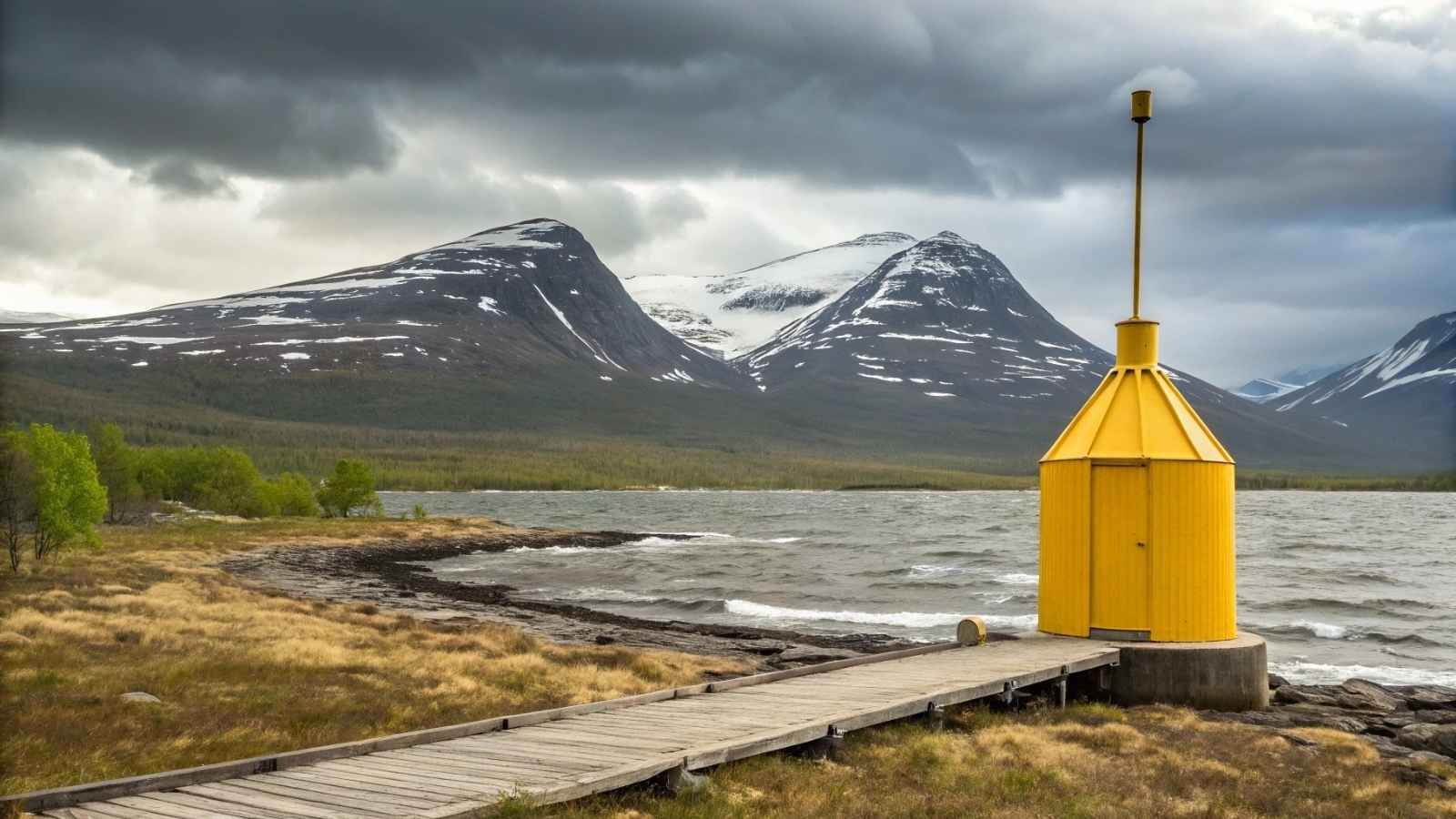
In the far northwestern tip of Finland, beyond the Arctic Circle and the reach of most tourists, lies Kilpisjärvi. Surrounded by tundra and backed by rugged fells, this remote village offers the solitude and stark beauty many hope to find in Iceland—but rarely do these days. It’s quiet here—eerily so—and that’s exactly why people fall in love with it.
One of Kilpisjärvi’s biggest draws is Saana Fell, a sacred mountain to the Sámi people and a phenomenal hike that rewards you with views over Finland, Sweden, and Norway at once. In winter, the snowy silence is broken only by the crunch of boots or the swish of cross-country skis. And if you’re lucky, the Northern Lights flicker over the frozen lake like a curtain of green fire.
This place doesn’t scream for attention—it whispers. And that’s its power. It’s for travelers who want stillness, the slow rhythm of Arctic nature, and maybe a bit of inner recalibration.
Quick Facts:
- Best Months to Visit:
- Summer (June–August): Hiking and midnight sun
- Winter (Nov–March): Snow, auroras, skiing
- Getting There: Fly to Tromsø (Norway), then drive 2.5 hours to Kilpisjärvi
- Currency: Euro (EUR)
- Must-Do Experiences:
- Hike to the Three-Country Cairn (Finland/Sweden/Norway border)
- Summit Saana Fell
- Watch the aurora over Lake Kilpisjärvi
8. Sarek National Park, Sweden – The Wildest Corner of Europe
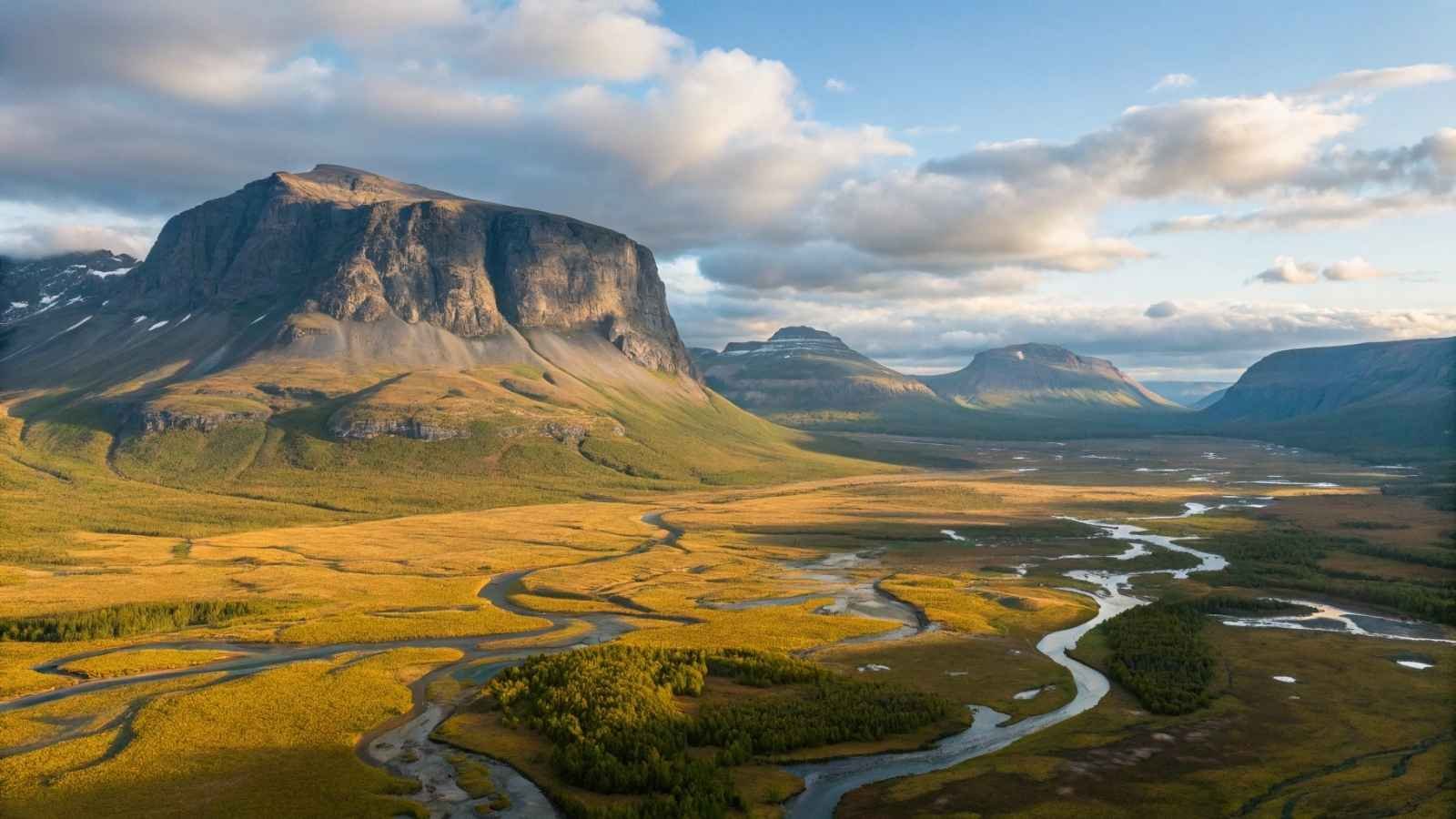
For the truly adventurous, Sarek National Park is the real deal. No roads, no tourist centers, no cell signal. Just massive glaciers, alpine valleys, and fast-moving rivers carving through the Scandinavian mountains. This is where Iceland’s dramatic landscapes meet real wilderness survival—but without the crowds and camera flashes.
Often called “Europe’s last wilderness,” Sarek is part of Sweden’s Laponia World Heritage site and offers one of the purest backcountry hiking experiences on the continent. You won’t find manicured trails or guided bus tours. Instead, you’ll need a map, a tent, and some grit. It’s the kind of journey that tests and rewards in equal measure.
Sarek isn’t for everyone—and that’s precisely the appeal. It’s for travelers who crave authenticity over accessibility, who want to feel small in the vastness of nature, and who don’t mind a few blisters for the views they’ll never forget.
Quick Facts:
- Best Months to Visit: July to early September (snow-free trekking season)
- Getting There: Train or fly to Gällivare or Jokkmokk, then hike or ski in
- Currency: Swedish Krona (SEK)
- Must-Do Experiences:
- Trek through Rapadalen Valley
- Wild camp under the stars (or clouds)
- Spot moose, reindeer, and even wolverines
9. Jämtland, Sweden – Sweden’s Lake District with a Nordic Soul
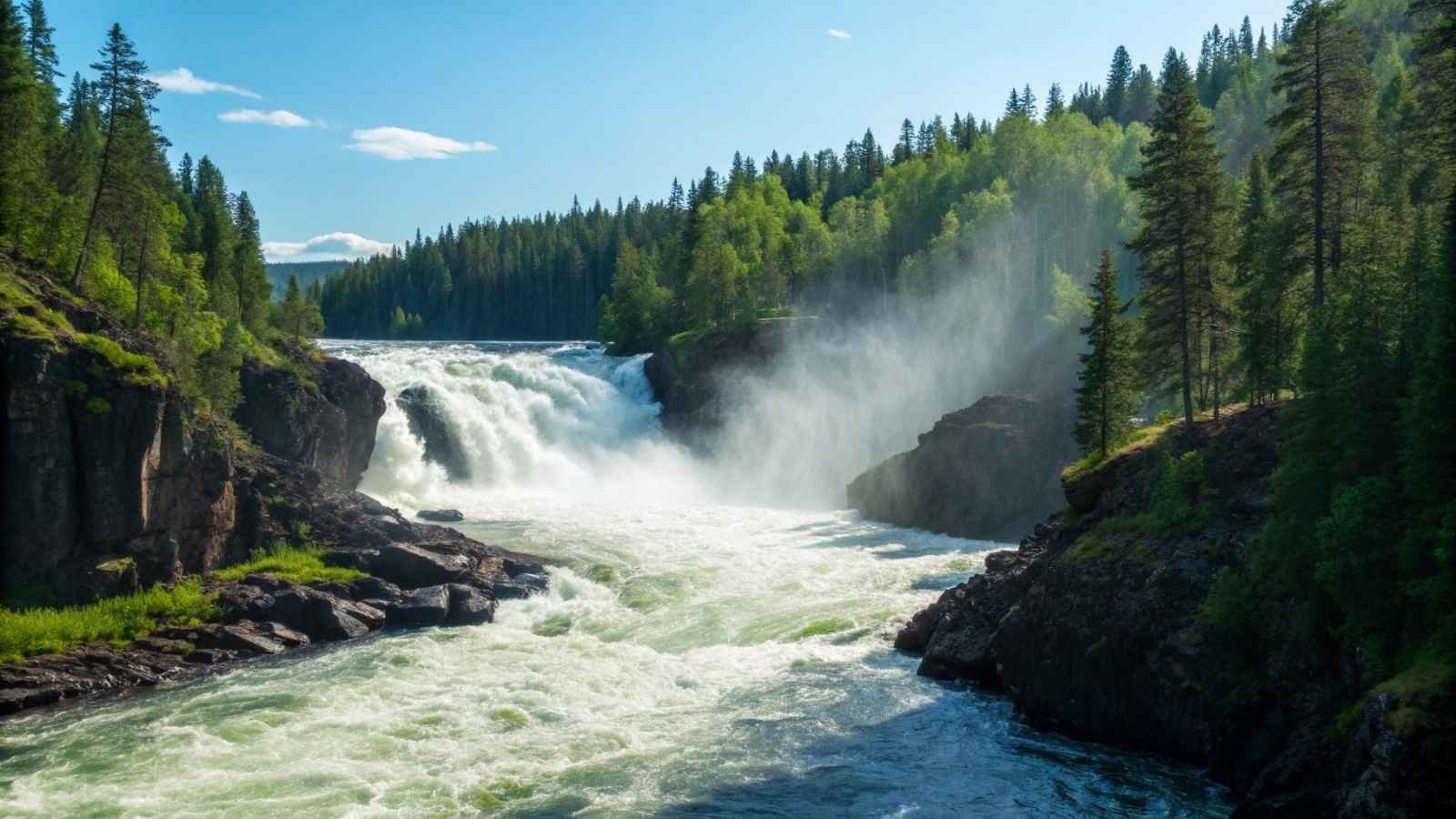
Tired of lava fields and geysers? Jämtland offers an entirely different flavor of Nordic nature—rolling mountains, deep forests, glacier-fed lakes, and charming alpine villages. Located in central Sweden, this region is a local favorite but often flies completely under the radar for international travelers.
It’s also refreshingly versatile. In summer, you’ll find some of the best hiking and fishing in Scandinavia, plus canoeing routes that meander through calm lakes and secret coves. In winter, cross-country skiing, snowshoeing, and cozy fireside cabins dominate the scene. There’s a quiet richness to Jämtland’s seasons—it feels slow, grounded, and nourishing.
And let’s not forget the food. Jämtland is something of a hidden culinary hotspot, with farm-to-table restaurants, locally brewed beer, and reindeer dishes served beside open fireplaces. It’s nature for the body and the belly.
Quick Facts:
- Best Months to Visit:
- Summer (June–August): Hiking, canoeing, foraging
- Winter (Dec–March): Skiing, snow adventures
- Getting There: Fly or take the train to Östersund
- Currency: Swedish Krona (SEK)
- Must-Do Experiences:
- Hike in the Oviksfjällen range
- Eat at one of Östersund’s Slow Food restaurants
- Paddle Lake Storsjön (and look for the mythical lake monster!)


